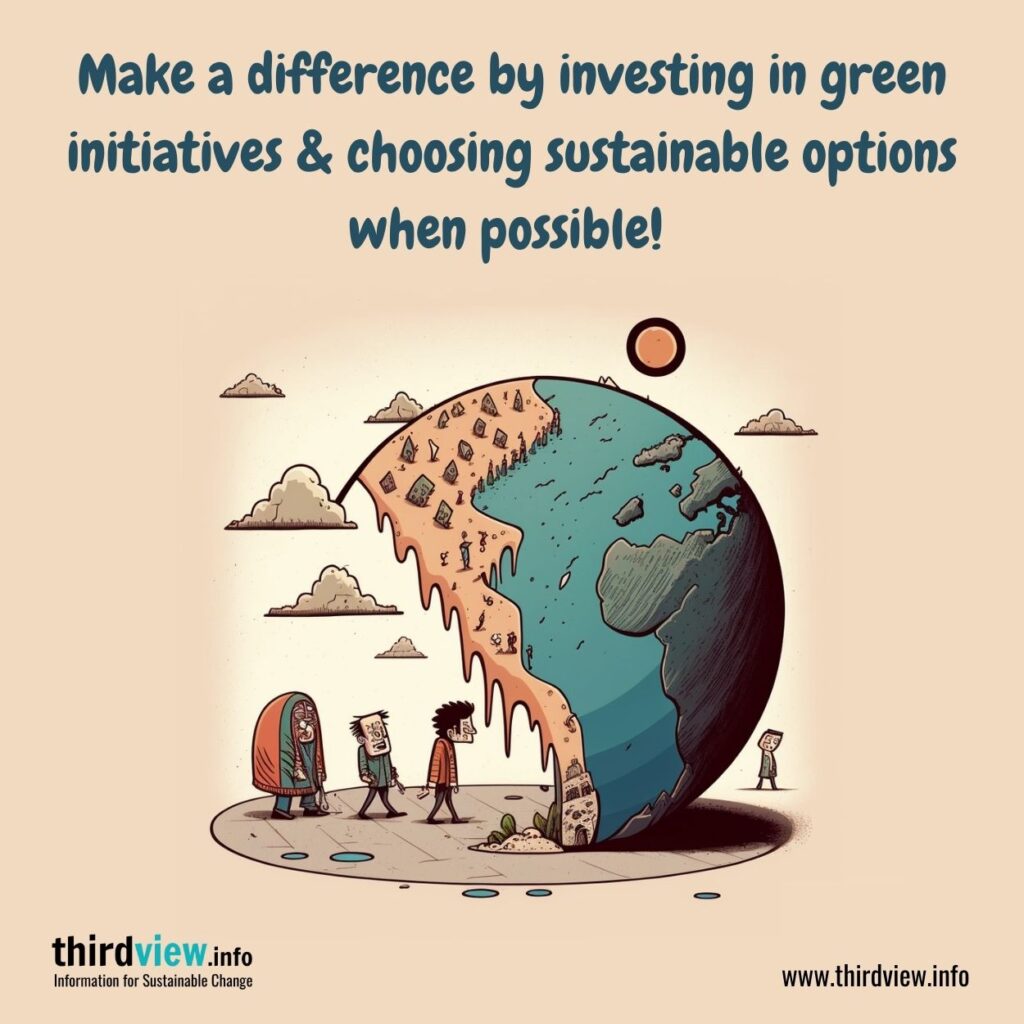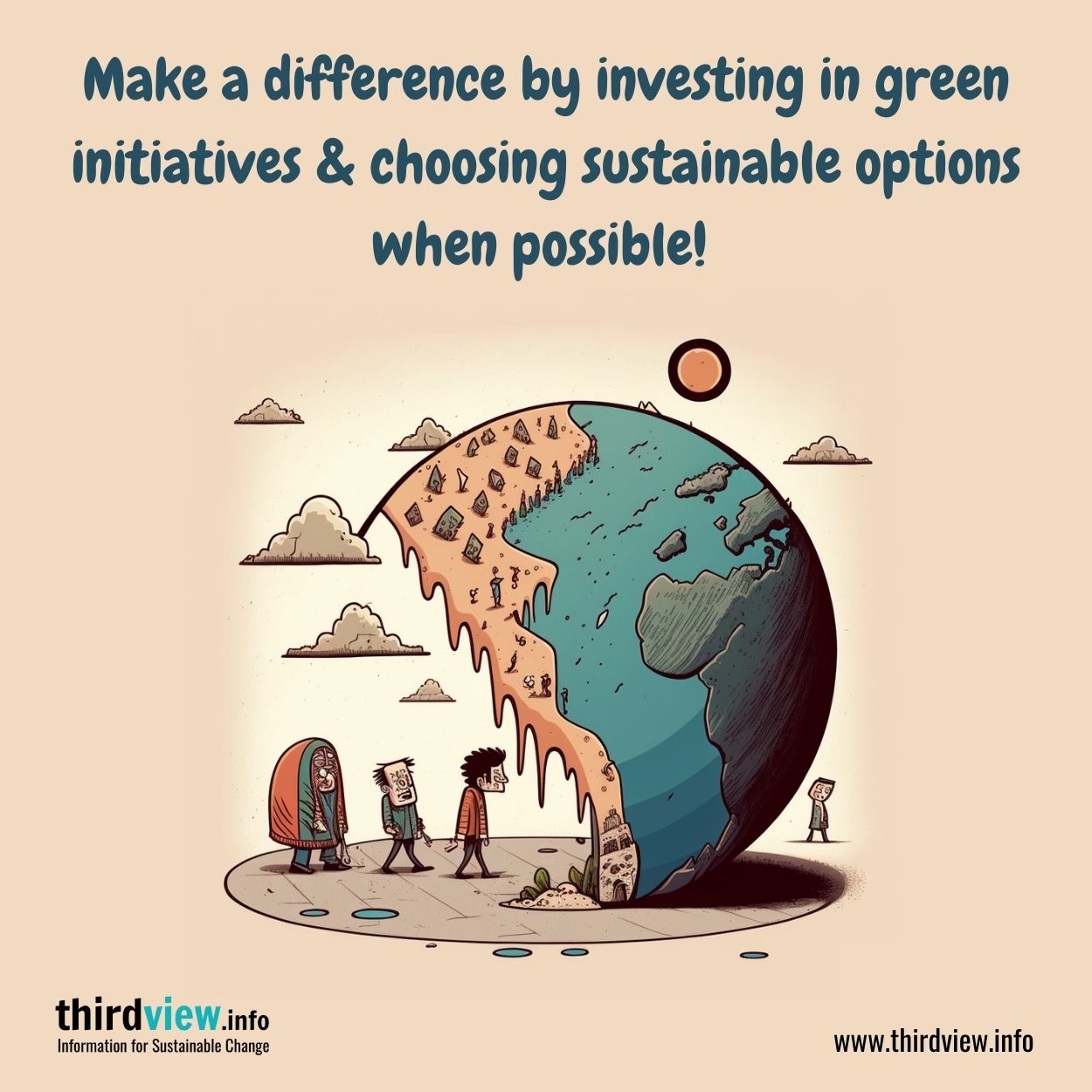It’s easy to feel like climate change is something that’s happening far away, to other people, or in the future. But the truth is, climate change is happening right now, and it’s affecting all of us. Here are a few ways climate change is making an impact on our lives.
Health Risks:
As the planet warms, we’re seeing an increase in extreme weather conditions like heat waves and floods. This can lead to heat stroke, dehydration, and other health problems. Climate change can also spread diseases like malaria and Dengue fever, as mosquitoes and other disease-carrying animals move into new areas. And finally, air pollution from things like car exhaust and factory emissions can cause respiratory problems, heart disease, and cancer.
Food & Water shortages:
As the planet warms, precipitation patterns are changing, leading to droughts in some areas and flooding in others. This imbalance can cause food shortages and lead to famines. According to the United Nations World Food Programme (WFP), climate change is a major factor in the increased frequency and severity of droughts in sub-Saharan Africa. Droughts have also become more common in the Mediterranean region, Central America, and Australia. And they’re expected to become more common in Asia as well.
Natural Disasters:
Climate change is leading to more frequent and more intense natural disasters like hurricanes, tornadoes, and wildfires. These events can damage homes and infrastructure, disrupt transportation and communication networks, and even cause loss of life. And as the planet continues to warm, these events are only going to become more and more common.
For instance, rising sea levels don’t just affect people who live near coasts or large bodies of water. They can also cause problems hundreds of miles inland. That’s because when big storms hit, they push water inland, causing what’s known as storm surge. Storm surge combined with high tides and waves can cause severe flooding in areas that are normally dry land. Inland flooding caused by rising sea levels can damage homes, contaminate drinking water, and destroy crops. It can also force people to evacuate their homes and disrupt transportation systems. In some cases, it can even lead to loss of life.
Climate change is no longer something we can ignore – it’s happening right now and it’s affecting all of us. We need to take action to reduce our greenhouse gas emissions so we can protect our planet for future generations.


